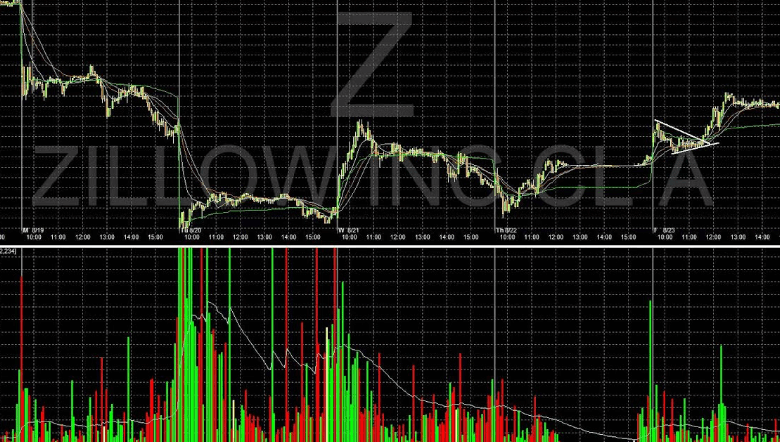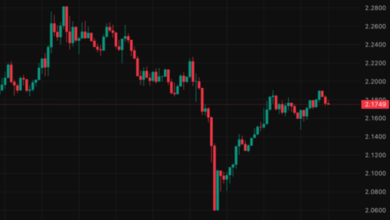The Golden Rules of Day Trading Every Trader Must Know

Day trading calls for strategy, discipline, and thorough knowledge of market dynamics. Day traders open and liquidate positions within one trading day, unlike long-term investors, trying to profit on transient price swings. This method requires certain knowledge and devotion to particular values that set successful traders apart from struggling ones. In this demanding financial environment, the following golden principles are fundamental guidelines that might assist in safeguarding your capital and maybe enhance your trading results.
Rule 1: Establish a Solid Trading Plan
Your route map in the erratic markets is a thorough trading plan. Your approach should precisely specify risk tolerance levels, entrance and exit policies, and particular trade selection criteria. It should include timeframes for your research, position sizing rules, and markets you will trade. Trading without a strategy puts you in emotional hot water and produces uneven results.
Adhering to well-defined day trading rules ensures disciplined execution and helps mitigate unnecessary risks. Treating their plans as living documents that change with experience and market situations, most effective day traders review and improve their strategies often. Documentation of your transactions, together with remarks regarding market conditions and your psychological state, offers priceless information for quarterly evaluations, enabling you to see trends in your decision-making process and thereby always enhance your strategic approach.
Rule 2: Practice Rigorous Risk Management
Sustainable daily trading is built upon risk management. Usually, no more than 1-2% of your entire trading capital per trade; find exactly how much capital you are ready to risk before taking any position. For every position, set stop-loss orders to exit trades that run against you beyond predefined thresholds automatically. Correct position sizing helps you to trade day trading with confidence even amid unavoidable losing streaks by avoiding catastrophic losses. Recall that safeguarding your capital comes first always, not earnings.
By avoiding too strong a correlation among active positions and hence preventing a single market shift from simultaneously negatively affecting their whole portfolio, successful traders also diversify their risk exposure. Once achieved, a daily loss limit should indicate to you to distance yourself from the markets until the following trading session, therefore preventing emotional vengeance trading that often results in compounded losses.
Rule 3: Master Your Emotions
Successful traders differ from unsuccessful ones in emotional discipline. Through fear, ambition, guilt, and regret, markets provide continuous psychological pressure. These feelings can cause rash judgments outside of your trading strategy. Learn strategies to keep objectivity, including following guidelines and pausing when overwhelmed. Keeping a trading diary enables you to spot emotional trends influencing your performance.
Though losses are unavoidable in trading, concentrate on regularly implementing your plan instead of fixating on any one transaction. Many effective traders include meditation and other mindfulness techniques into their daily schedules to develop emotional awareness and keep cool during erratic market conditions.
Rule 4: Focus on Education and Improvement
For daily traders, lifelong learning is a non-negotiable commitment. Markets are always changing and call for flexible plans and modern expertise. Spend some time learning technical analysis, chart patterns, and market psychology. Look over your completed transactions and see if there’s anything wrong with your strategy. Think about mentoring from seasoned traders who can offer specific direction.
Keep a well-organized collection of market analysis tools, trading books, and online course materials that fit your particular trading style and asset classes. Plan frequent review meetings to assess ideas without needless risk by back-testing fresh approaches against past performance before implementing them with actual capital.
Rule 5: Maintain Realistic Expectations
Realistic expectations give long-term trading success a psychological basis. Know that steady profitability calls for time, knowledge, and many deals. Relying on appropriate risk-reward ratios instead of striving to win every transaction, most expert day traders reach win rates of 50–60%. Based on your account size and the success of your approach, create reasonable daily and monthly profit targets. Steer clear of equating oneself with extraordinary success tales that sometimes exclude periods of learning and hardship.
Recognize that your path of trading will comprise both demanding times and gratifying discoveries. Recognizing that short-term results often reflect market noise more than plan efficacy, track your performance measures across months and quarters instead of days or weeks. Think of your trading as a commercial endeavor with early losses as your expected starting expenses while you build your advantage and hone your strategy.
Conclusion
For negotiating this rigorous financial goal, the golden rules of day trading provide vital direction. You set yourself for possible long-term success by developing a strong plan, using rigorous risk management, learning to control emotions, pledging to lifelong education, and keeping reasonable expectations. Recall that dedication and consistency eventually count more than sporadic great achievements.





